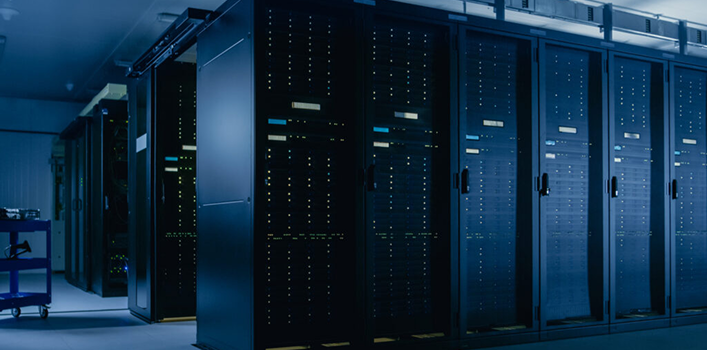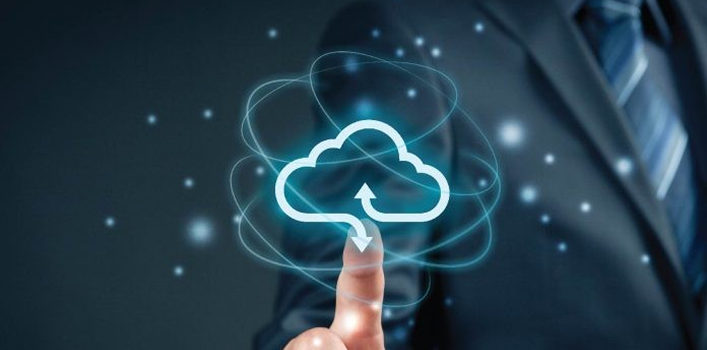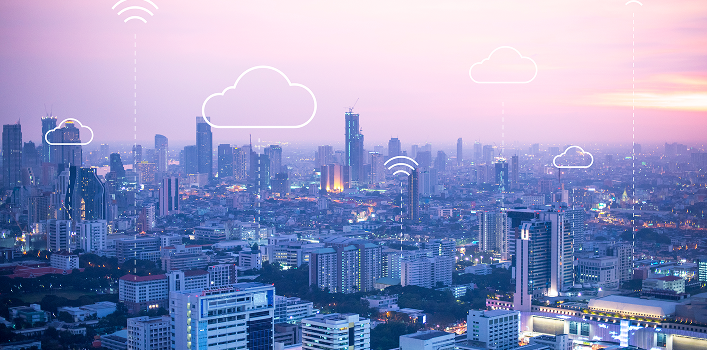Auto-Scaling vs. Manual Scaling: Which Cloud Strategy is Right for You?

As businesses increasingly rely on cloud computing, choosing the right scaling strategy is crucial for optimizing performance, cost, and efficiency. Two primary approaches exist: Auto-Scaling and Manual Scaling. Each has its advantages and challenges, making it essential to understand which suits your business needs best. What is Auto-Scaling? Auto-scaling automatically adjusts computing resources based on real-time demand. Cloud platforms such as AWS Auto Scaling, Azure Autoscale, and Google Cloud Autoscaler dynamically add or remove resources to match workload fluctuations. Advantages of Auto-Scaling: Efficiency: Automatically provisions and deprovisions resources, optimizing performance. Cost Optimization: Reduces expenses by only using resources when needed. Reliability: Maintains consistent performance during traffic spikes and fluctuations. Improved Uptime: Ensures applications remain available even during high demand. Challenges of Auto-Scaling: Complex Configuration: Requires setting up rules, policies, and monitoring metrics. Latency Issues: Scaling up or down takes time, which can momentarily affect performance. Cost Fluctuations: Without proper monitoring, unexpected cost spikes may occur. What is Manual Scaling? Manual scaling requires cloud administrators to manually adjust resources based on projected demand. This approach provides full control over scaling but requires continuous monitoring and intervention. Advantages of Manual Scaling: Predictable Costs: Businesses have complete control over resource allocation. Better Customization: Fine-tuned resource management based on specific needs. No Sudden Cost Spikes: Unlike auto-scaling, costs remain consistent without unexpected fluctuations. Challenges of Manual Scaling: Resource Wastage: Over-provisioning leads to higher costs, while under-provisioning affects performance. Inflexibility: Scaling requires manual intervention, which may delay responses to sudden demand changes. Operational Overhead: IT teams need to continuously monitor and adjust resources. Auto-Scaling vs. Manual Scaling: A Direct Comparison Which Scaling Strategy is Right for You? Choose Auto-Scaling if: Your business experiences fluctuating workloads (e.g., e-commerce, SaaS platforms). You want to reduce manual intervention and let the cloud manage scaling dynamically. Cost optimization is a priority, and you need efficient resource utilization. Choose Manual Scaling if: Your workload is consistent and predictable. You prefer fixed cost structures without the risk of unexpected fluctuations. Your team has the expertise to monitor and manage resource allocation effectively. Final Thoughts
More Blogs

USA Office
ADDIE Soft LLC
501 Silverside
Road, Suit 105 #4987,
Wilmington, DE 19809, USA

UK Office
ADDIE Soft (UK) Ltd
ADDIE Soft (UK) Ltd 71-75 Shelton St, Covent Garden, London, WC2H 9JQ

Bangladesh
ADDIE Soft Ltd.
27 Shaptak Square, Level-12, Plot-2 (Old-380), Road-16 (Old-27), Dhanmondi, Dhaka - 1209
Branch Office
Shyamoli Square (Level-7), Plot #23/8-B, Block-B, Bir Uttam A.N.M. Nuruzzaman Sharak, Mirpur Road, Dhaka-1207




























